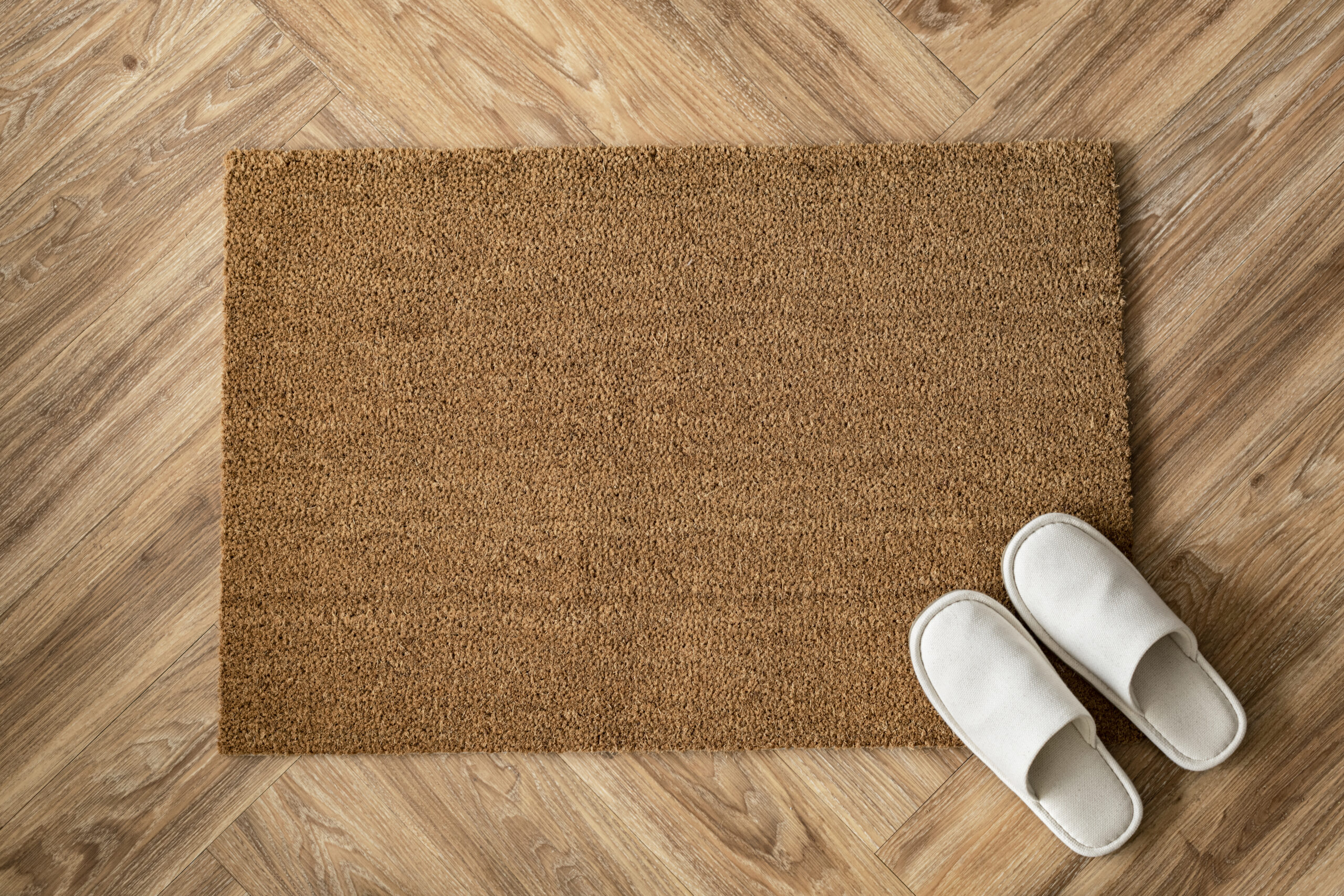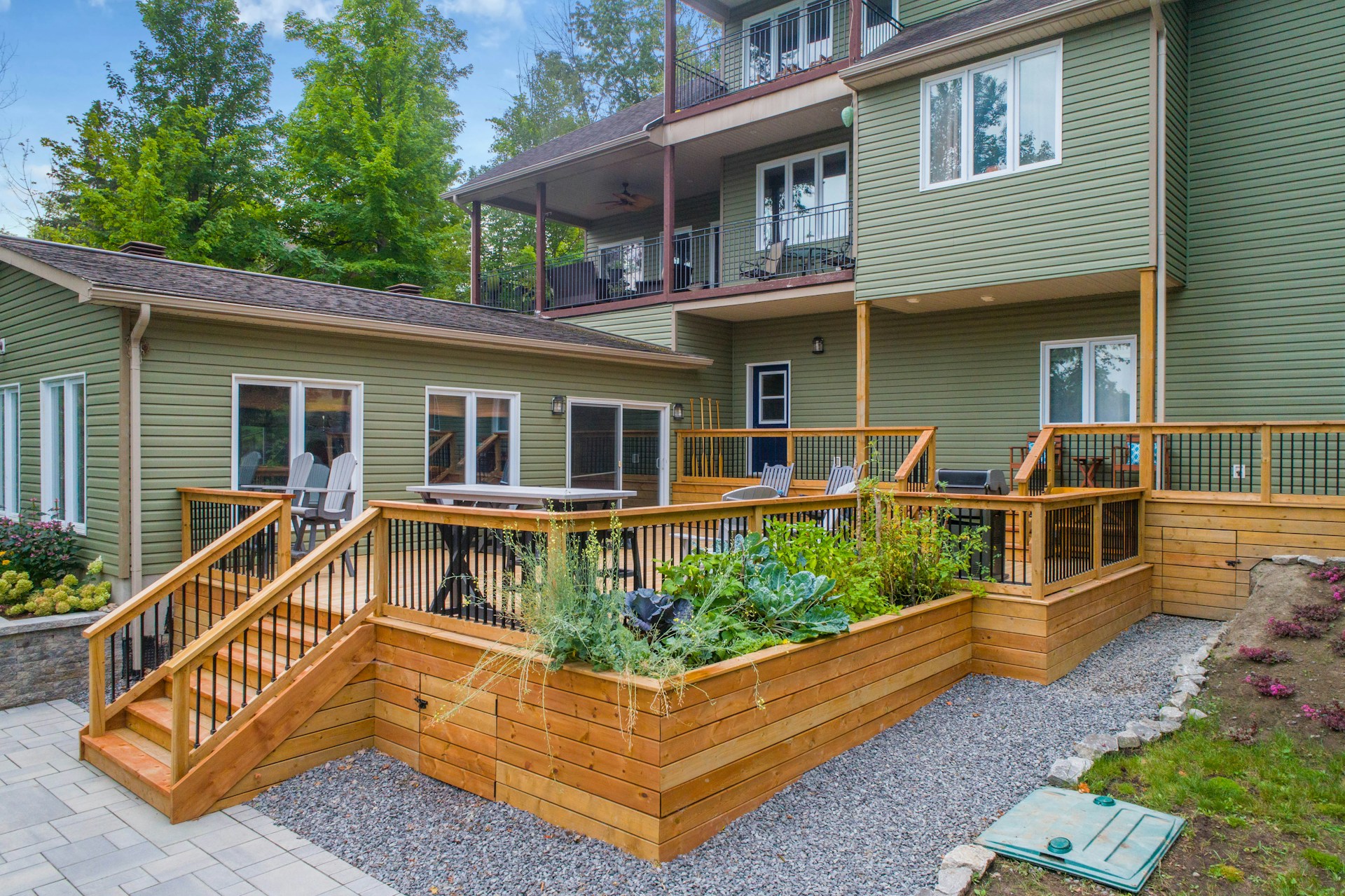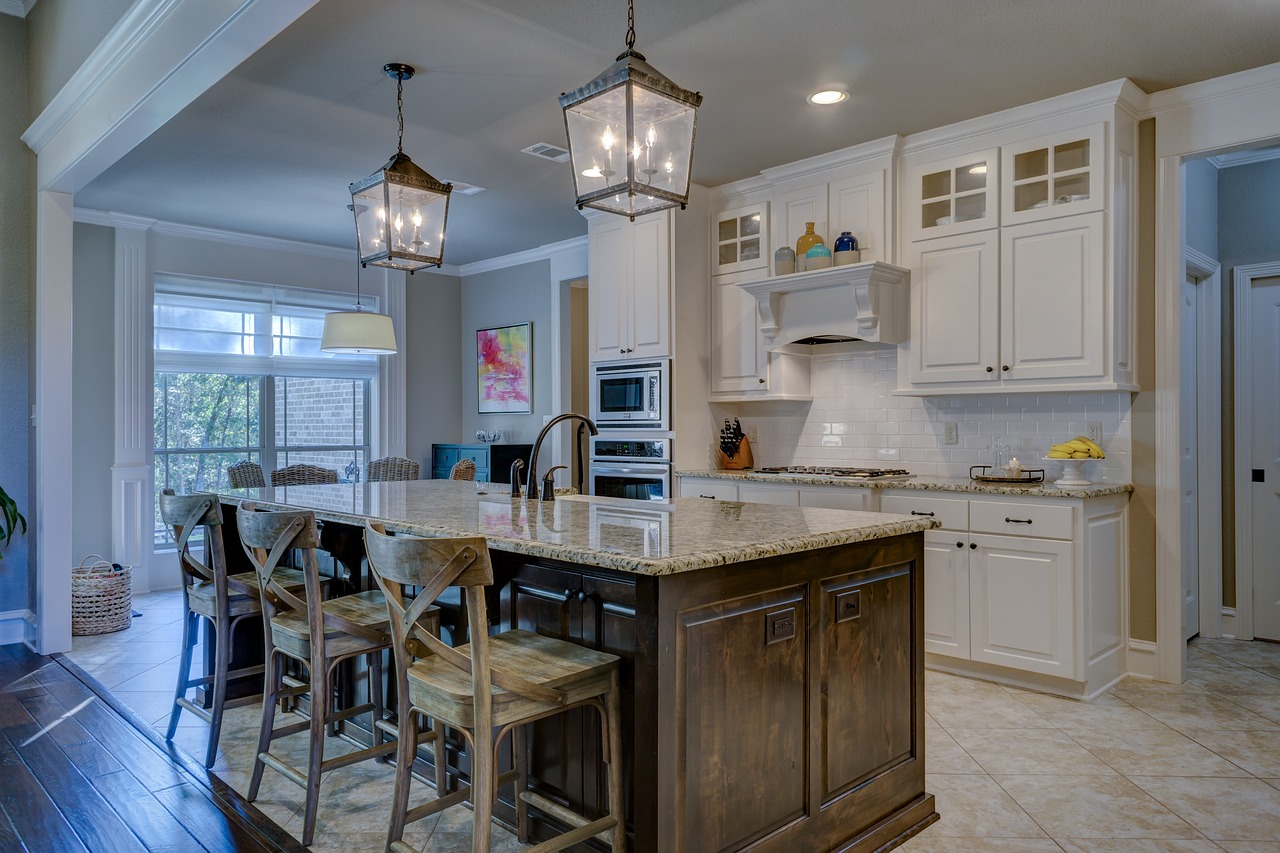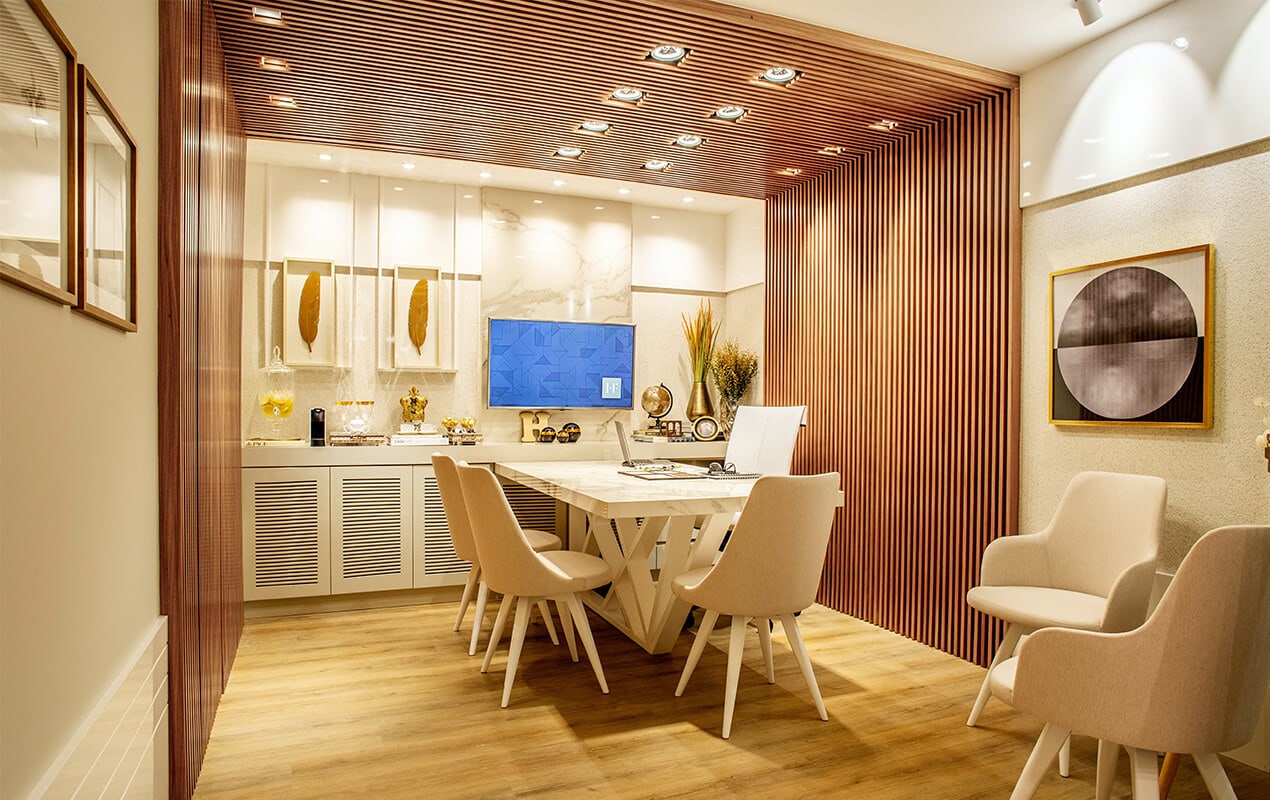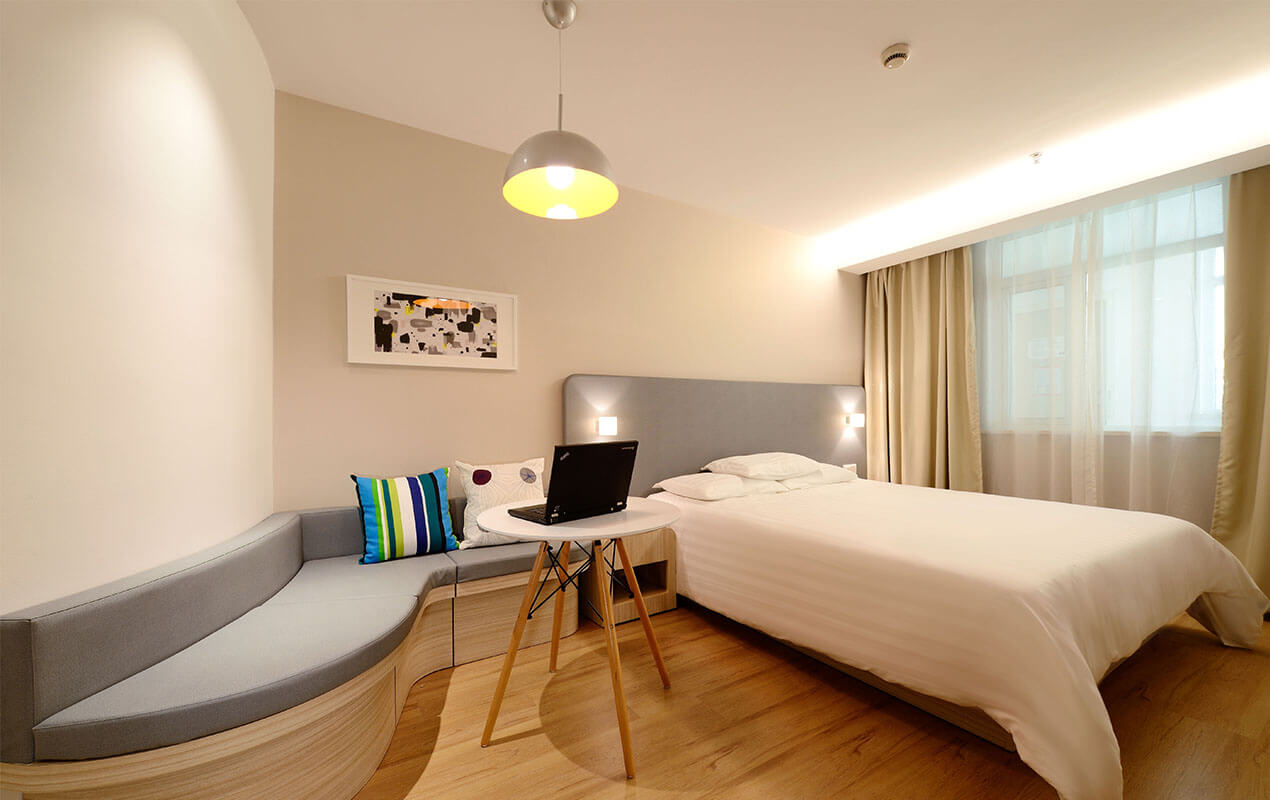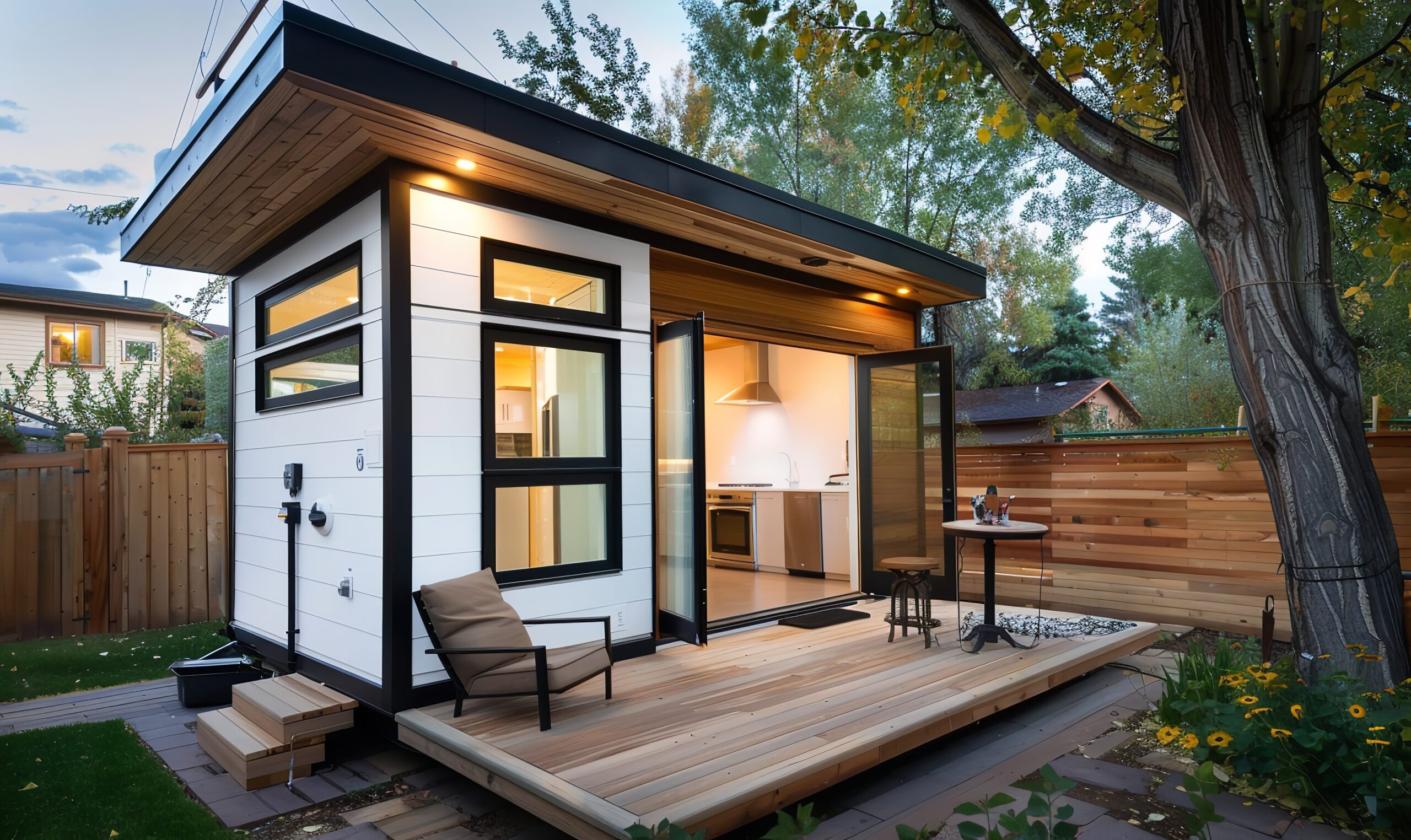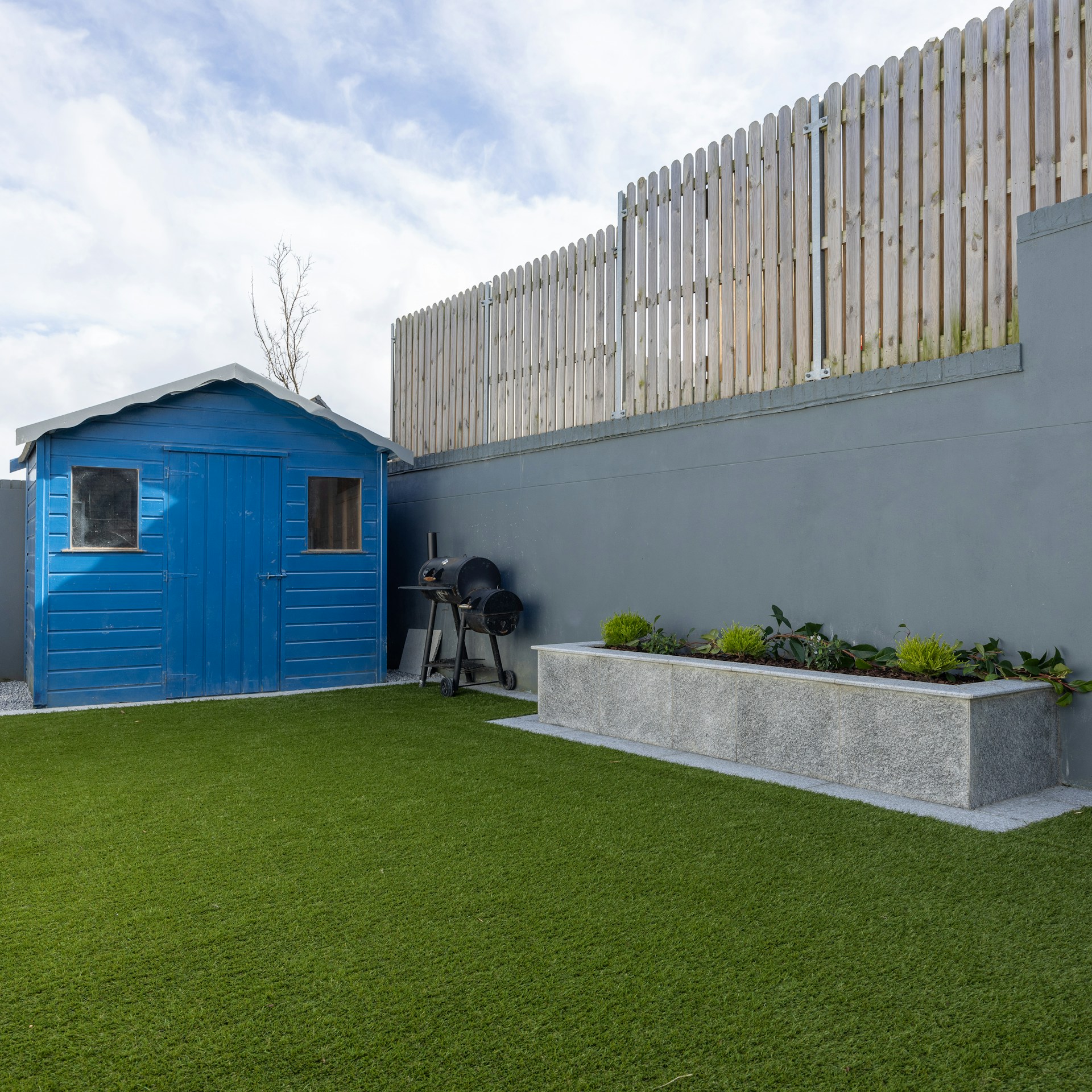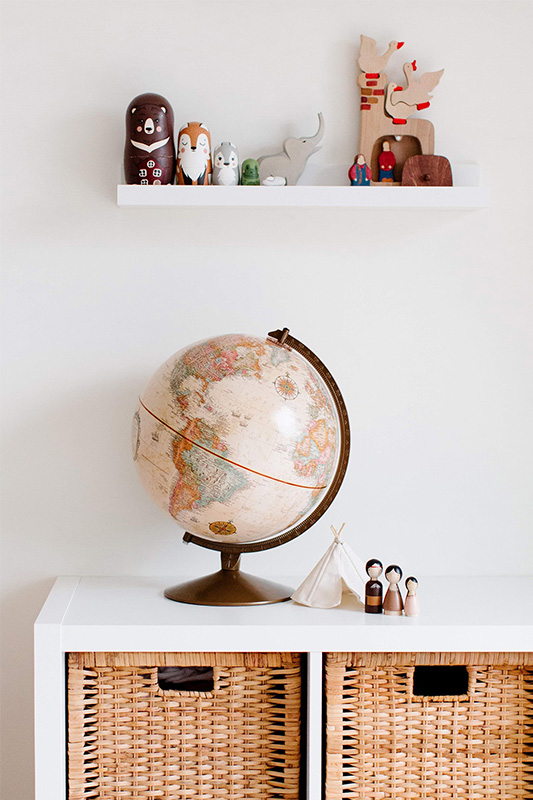Iconic Skylines Start with 3D: Design Innovation in the UAE
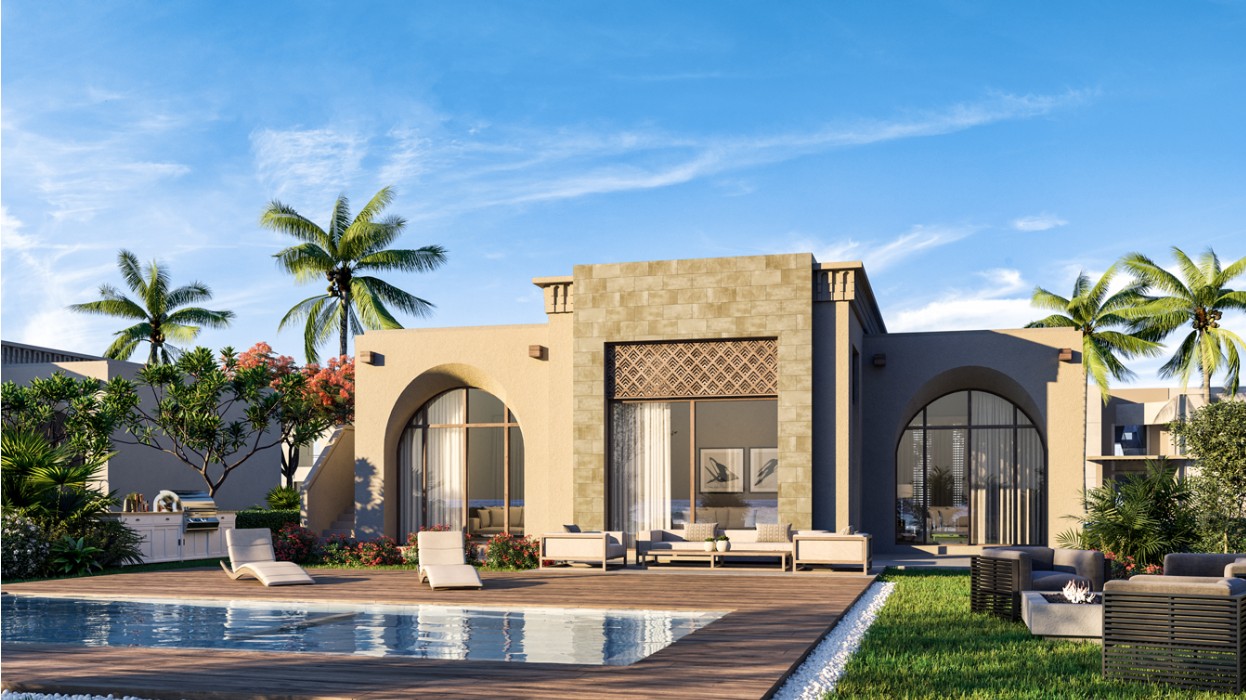
The UAE skyline is recognized instantly across the globe. From the Burj Khalifa piercing the clouds to the twisted forms of the Cayan Tower, these architectural marvels didn’t begin on construction sites. They started as digital dreams, crafted and refined through sophisticated 3D design technology. The nation’s commitment to pushing architectural boundaries has made it a global leader in design innovation, and 3D visualization sits at the heart of this transformation.
The role of 3d visualization companies in Dubai extends far beyond creating pretty pictures. These specialists work alongside architects and developers from the earliest concept stages, helping to visualize ideas that challenge conventional building practices. In a region where ambition meets unlimited possibility, 3D technology has become the essential tool for turning extraordinary visions into a buildable reality.
The UAE’s Architectural Ambition
The Emirates have never been content with ordinary. Since the rapid development boom began decades ago, the goal has been clear: create structures that capture the world’s imagination. This ambition requires more than traditional drafting and modeling techniques. When you’re designing buildings that twist, lean, or incorporate features never before attempted, you need visualization tools that can accurately represent these complexities.
3D technology allows architects to explore forms that would be nearly impossible to communicate through conventional drawings. A curved facade with thousands of unique panel shapes can be visualized, analyzed, and refined digitally before a single piece is fabricated. This capability has directly enabled the bold architectural statements that define cities like Dubai and Abu Dhabi.
From Concept to Confidence
Every iconic building begins with an idea, often sketched roughly on paper or described in conversation. The journey from that initial spark to a completed tower involves countless decisions, refinements, and validations. 3D visualization accelerates and improves this journey at every stage.
In the conceptual phase, quick 3D models help stakeholders understand the basic form and massing of a proposed building. Does it complement the surrounding skyline? How does it appear from key vantage points across the city? These questions can be answered within days rather than weeks, allowing teams to iterate rapidly on design directions.
As concepts solidify, the level of detail increases. Materials get specified, facade systems get designed, and interior layouts take shape. High-fidelity 3D renders show exactly how these elements work together. Developers can see how afternoon sunlight will play across a glass facade. Urban planners can understand how a new tower affects sight lines and street-level experience.
Engineering the Impossible
The UAE’s most distinctive buildings often push engineering boundaries. Super-tall towers face wind loads that shorter buildings never encounter. Cantilevered sections create structural challenges that require innovative solutions. Unique geometries demand custom fabrication for thousands of components.
3D modeling integrates seamlessly with engineering analysis software. Structural engineers can test how a building will respond to wind, earthquakes, and thermal expansion while the design is still fluid. If an architectural feature creates engineering complications, adjustments can be made digitally before commitments are locked in. This integration of design and engineering has been crucial for completing some of the region’s most ambitious projects.
The facade engineering for complex buildings particularly benefits from 3D technology. When every panel on a tower has a slightly different curve or angle, traditional documentation methods become unwieldy. 3D models provide the precise geometric data needed for fabrication, ensuring that thousands of unique pieces fit together perfectly on site.
Winning Approvals and Investment
Major developments in the UAE require approvals from multiple government entities and often need to attract significant investment before construction begins. 3D visualization has become an essential tool in both processes.
Planning authorities need to understand how a proposed building impacts the broader urban environment. Will it create uncomfortable wind conditions at street level? Does it preserve important view corridors? High-quality 3D simulations can demonstrate these factors convincingly, supporting the approval process with clear evidence rather than abstract arguments.
Investors and financial institutions are more willing to commit hundreds of millions of dollars when they can see exactly what will be built. Photorealistic renders and immersive virtual reality experiences create confidence that abstract plans and elevations cannot match. This visualization support has become standard practice for major development presentations across the region.
Marketing Before Construction
The UAE property market moves quickly, and developers need to generate buyer interest long before buildings are complete. Off-plan sales are common, with buyers committing to units that won’t be finished for years. 3D visualization makes this possible by creating compelling modern materials that accurately represent the final product.
Luxury developments particularly rely on high-end visualization. Buyers investing millions in penthouses or villas want to see every detail, from the grain in marble floors to the view from their private terrace at sunset. The quality of visualization directly impacts sales velocity and the prices developers can command.
Virtual reality has added a new dimension to property marketing in the Emirates. Potential buyers in London, Singapore, or New York can put on a headset and walk through a Dubai apartment as if they were physically present. This technology has proven especially valuable for attracting international investment, which remains crucial to the UAE’s property market.
Sustainability Through Simulation
As the UAE intensifies its focus on sustainability, 3D technology plays an expanding role in environmental design. Digital models integrate with energy analysis software to predict building performance. Architects can test different glazing options, shading strategies, and facade orientations to optimize energy efficiency before construction begins.
Daylighting analysis shows how natural light will penetrate interior spaces throughout the year. This information guides decisions about window placement, internal layouts, and artificial lighting requirements. Buildings designed with this data perform better thermally and provide more comfortable environments for occupants.
Water features, landscaping, and outdoor spaces also benefit from 3D simulation. The harsh desert climate demands careful consideration of sun exposure, wind patterns, and heat reflection. Virtual models can test these factors across different seasons and times of day, ensuring that outdoor amenities remain pleasant and usable year-round.
Collaboration Across Borders
UAE projects frequently involve international collaboration. An American architectural firm might partner with German engineers, Italian interior designers, and contractors from multiple countries. 3D models serve as a universal language that all parties can reference and contribute to, regardless of their physical location.
Cloud-based 3D platforms allow team members around the world to work on the same model simultaneously. Changes made in one location are immediately visible to collaborators elsewhere. This real-time collaboration has compressed timelines and reduced the miscommunications that plagued earlier international projects.
The ability to share immersive 3D walkthroughs also improves communication with clients and stakeholders who may not read technical drawings fluently. A developer can understand design intent by experiencing a space virtually, even if they lack architectural training. This democratization of design communication leads to better-informed decisions and fewer costly changes during construction.
The Future of UAE Architecture
As 3D technology continues advancing, its role in shaping the UAE’s built environment will only grow. Real-time rendering engines now create interactive experiences that respond instantly to changes. Artificial intelligence is beginning to assist with design optimization and option generation. Augmented reality applications overlay proposed buildings onto real-world views through smartphone screens.
The UAE’s commitment to innovation ensures that these emerging technologies will be adopted quickly. The nation has consistently embraced tools that enable bolder, more efficient, and more sustainable development. This technological foundation supports the continued evolution of its world-famous skylines.
The transformation of architectural practice through 3D visualization represents one of the most significant shifts in how buildings are designed and delivered. In the UAE, where architectural ambition knows few limits, this technology has become indispensable.
From initial concept sketches to final construction documents, 3D tools enable the iconic structures that define the Emirates’ global architectural reputation. For projects seeking to contribute to this legacy of innovation, partnering with experienced specialists like VisEngine ensures that visionary designs are communicated with the clarity and impact they deserve.

